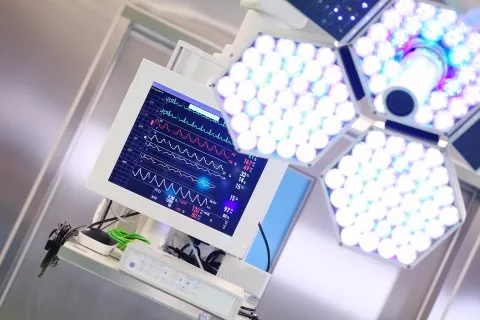
How will China's medical device sector benefit from recent tariff cuts?
China cut import tariffs on 30 medical devices.
China has started to cut import tariffs on around 30 medical devices as part of an agreement to reduce duties on strategic technology products.
BMI Research believes that the move will reduce the cost of imported products, which will benefit multinationals and help drive industrial innovation in line with the country's efforts to move its domestic industry up the value chain.
Here's more from BMI:
China has cut import tariffs on 201 technology products including around 30 medical devices under an amendment to the Information Technology Agreement, a technology trade pact agreed by over 50 countries in December 2015, which China ratified in September 2016.
The medical devices include electrodiagnostic apparatus, pacemakers, stents, radiology apparatus, ophthalmic instruments, blood pressure monitors, endoscopes, dialysis apparatus, blood transfusion apparatus and anaesthetic apparatus, along with IT products such as integrated circuits, touch screens and semiconductors.
Most of the medical devices have had their tariffs cut by 17.5% from 4.0% to 3.3%, although the tariffs for MRI apparatus and CT scanners remain at 4.0%. The Ministry of Finance has confirmed that China aims to reduce tariffs on most of the products on the list to zero within three to five years, while a small number of products will have their tariffs reduced to zero within seven years.
The move will reduce the cost of many imported medical devices boosting their competitiveness in an increasingly price-sensitive market. We note that import growth has slowed significantly in recent months with year-on-year low single-digit increases in H116 and much of 2015, compared to high singledigit growth in 2014 and double-digit growth in preceding years.
The weak performance reflects a downturn in the diagnostic imaging product area, the largest import sector, which recorded a 6.1% contraction in the year to May 2016.



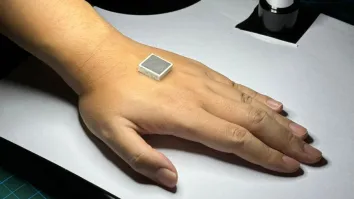
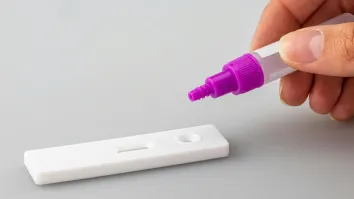




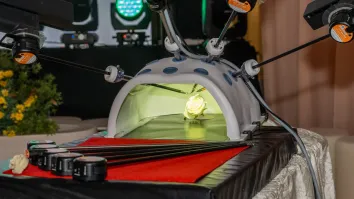


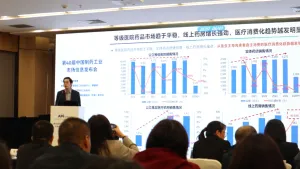
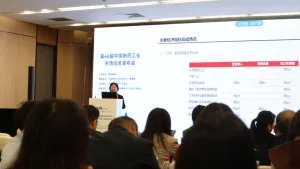





 Advertise
Advertise





